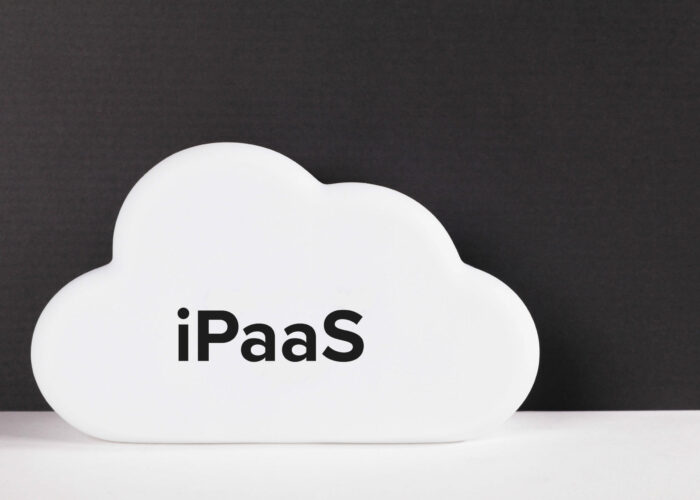This is where a Hybrid Integration Platform (HIP) or Capability Framework starts to make sense. You may see vendors in the market offering a Hybrid Integration Platform or referring to their technology as hybrid integration. Likewise, the Forrester wave for IPaaS and Hybrid Integration Platforms may give the impression that a vendor’s technology fulfills the definition.
Where a vendor is able to offer an HIP, it is generally achieved through a portfolio of products some of which may be whitelabelled technologies from other vendors. We should be clear as buyers that HIP refers to a portfolio of technologies and approaches. What it isn’t, as some vendors might have you believe, is simply the ability to manage cloud and on-premise integration or a hybrid mix of the two.
For that reason, at Chakray, we prefer to label what the analysts refer to as Hybrid Integration Platform as an Agnostic Integration Framework.
The four dimensions of a hybrid integration platform (who, what, where, why)
When the desired outcome and context that outcome sits in is understood, we can then start to consider the four dimensions of HIP:
♦ Integration Personas – WHO.
♦ Integration Domains – WHY/HOW.
♦ Endpoints – WHAT.
♦ Deployment and Operating Models – WHERE/HOW.

WHO? – Integration Personas
Understanding who will deliver the integration outcome will significantly narrow the field in some cases in terms of the approaches available. The Who may well be driven by the context the outcome is to be produced within (the What).
With no existing integration tool portfolio, and no integration specialists, a business approaching a need to connect a few SaaS systems may well decide that an approach of IPaaS or a pure citizen integrator technology is right for them. They may also decide to engage an organisation like Chakray to build and operate it for them. Thereby taking away the need for the business to develop any integration personas in the business.
WHAT? – Endpoints
What is it that we need to integrate? Where do those endpoints reside? Are all the systems installed on-premise, are some in the cloud, is it SaaS or bespoke, do the systems have APIs etc.
It is very common for endpoints or even a given endpoint to drive the approach to integration. Organisations connecting Salesforce, for example, often arrive at the same subset of choices in terms of integration approach. SAP ECC is another example of a system that will have very specific and limited choices in terms of approach i.e. BAPIs or IDOCs and the integration technology will specifically need to support that approach.
WHERE/HOW? – Deployment and Operating Models
Where and how we deploy the integration technology can be driven by what a vendor supports as much as what an organisation strategically does.
Where an organisation already has significant investment in a cloud platform like AWS or Azure this may lead to an obvious choice in approach. Regulatory requirements regarding types of data can also influence those decisions and affect the overall approach. The same is true where a technology is being integrated as this often requires an embedded solution.
WHY/HOW? – Integration Domains
This really is the core dimension where the various approaches to integration live. It is informed by the other dimensions, but
also can entirely inform them by the nature of the problem to be solved and why it has to be approached a certain way.
Event streaming and Robotic Process Automation dictate the use of specific approaches or technologies. You can potentially use an IPaaS approach to publishing or consuming events, but not in the absence of an event backbone to operate those events. With less specific integration needs, broader choices in approach present themselves.
The key takeaway from this is to recognise that integration approach is heavily influenced by the technologies being integrated. What is going on around those technologies tends to drive the choices we make or at the very least it excludes certain approaches. For most large organisations some form of integration choice that is dictating an approach has already been made and often architects will refer to it as the ‘strategic choice’. There’s normally a hint of legacy in that choice as well.
That’s not to say there is anything wrong with the technology or the solution though. Strategic generally means it is solving a lot of problems for the organisation, there’s no reason to replace it or nobody has the appetite to replace it.
If your company wants to implement the four dimensions of hybrid integration, please contact us. We are sure that we can offer you the best solution.


Need help defining and implementing your integration strategy for your company?
Talk to our experts!
contact us about integration




